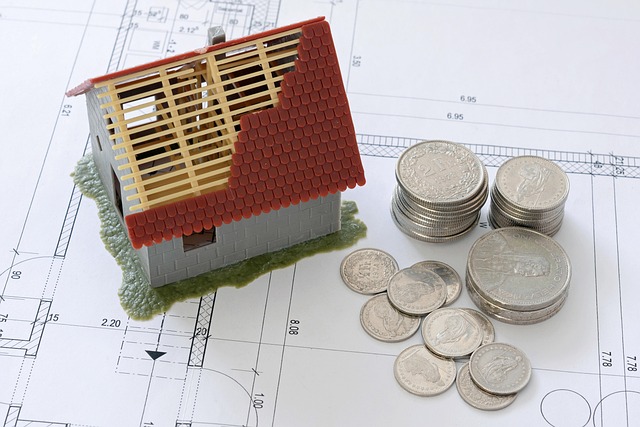Sustainable Building Practices Influencing Modern Housing Markets
Sustainable building practices are reshaping how housing is designed, financed, and regulated. This article examines the practical impacts of green construction on property values, housing supply, mortgage considerations, and investment trends, while touching on emerging proptech, analytics, taxation and affordability challenges facing homeowners and developers.

Sustainable building practices are increasingly integrated into everyday housing decisions, influencing property specifications, developer choices, and buyer expectations. As climate concerns and energy costs gain prominence, green construction, efficient systems, and resilience measures shift how housing is valued, financed, and insured. These changes affect mortgage underwriting, long-term investment assumptions, and neighborhood affordability in measurable ways.
Sustainability: How does it shape property?
Green design and construction choices—better insulation, efficient HVAC, renewable systems, and low-carbon materials—affect both operating costs and perceived asset quality. Properties with verified energy performance or certifications may demonstrate lower utility costs and reduced climate-related risk exposure, which buyers and lenders increasingly factor into assessments. Sustainability also intersects with materials supply chains and construction timelines, altering development decisions and the lifecycle costs of housing stock.
Housing: What changes appear in demand?
Demand patterns reflect growing buyer interest in resilient, low-energy homes, particularly in regions sensitive to climate impacts. Developers respond by integrating passive design, durable materials, and site-specific climate adaptation measures. These shifts influence neighborhood composition and may increase demand for retrofits of older housing. Local services and community infrastructure also adapt, as municipal planning, green building programs, and public incentives shape what types of housing are viable in a given area.
Affordability: How do sustainable costs affect buyers?
Sustainability-driven features can increase upfront construction and acquisition costs while reducing operating expenses over time. For many households, higher initial prices intersect with mortgage availability and long-term investment calculations, influencing affordability. Policymakers and developers consider measures such as incentive programs, scaled financing, or staged retrofits to balance upfront expense with future savings. Analytics and lifecycle cost models help buyers and planners evaluate trade-offs between purchase price, energy bills, and maintenance implications.
Proptech: What tools support green building?
Proptech solutions—ranging from building information modeling to performance-monitoring platforms—enable more accurate design, predictive maintenance, and post-occupancy analytics. These tools support better measurement of energy use, indoor environmental quality, and carbon metrics, informing property management and underwriting. Crowdfunding and digital investment platforms also introduce new capital avenues for small-scale sustainable developments, while data-driven platforms help investors and owners benchmark performance relative to comparable assets.
Investment: How are markets responding?
Institutional and private investors are incorporating climate risk, regulatory trends, and operational efficiency into their appraisal models. Mortgage and investment products increasingly consider energy efficiency as a component of creditworthiness and total cost of ownership. Crowdfunding and targeted investment vehicles allow smaller investors to participate in specialized sustainable projects. Market participants use analytics to quantify potential returns tied to lower vacancy, reduced utility exposure, and regulatory-driven demand for greener stock.
Regulation: How do rules and taxation influence?
Regulatory frameworks and taxation policies play a central role in shaping sustainable building uptake. Building codes, retrofit mandates, carbon pricing, and tax incentives can accelerate adoption by altering project economics and timeline expectations. Conversely, unclear regulation or uneven enforcement can hinder investment in green upgrades. Financing structures such as property-assessed clean energy (PACE) programs or tax credits can change mortgage calculations and influence how lenders and buyers approach long-term commitments.
Sustainable building practices are not a single solution but a set of evolving approaches that affect many aspects of housing markets: construction decisions, financing structures, operational expenses, and regulatory compliance. Integrating these practices requires careful assessment of lifecycle costs, mortgage implications, and the broader climate context. Analytical tools and proptech are helping stakeholders make evidence-based decisions, while policy levers and funding mechanisms can ease affordability pressures and scale effective solutions. The net effect is a gradual reshaping of housing supply and demand that will continue to unfold as technologies, regulations, and market expectations evolve.





